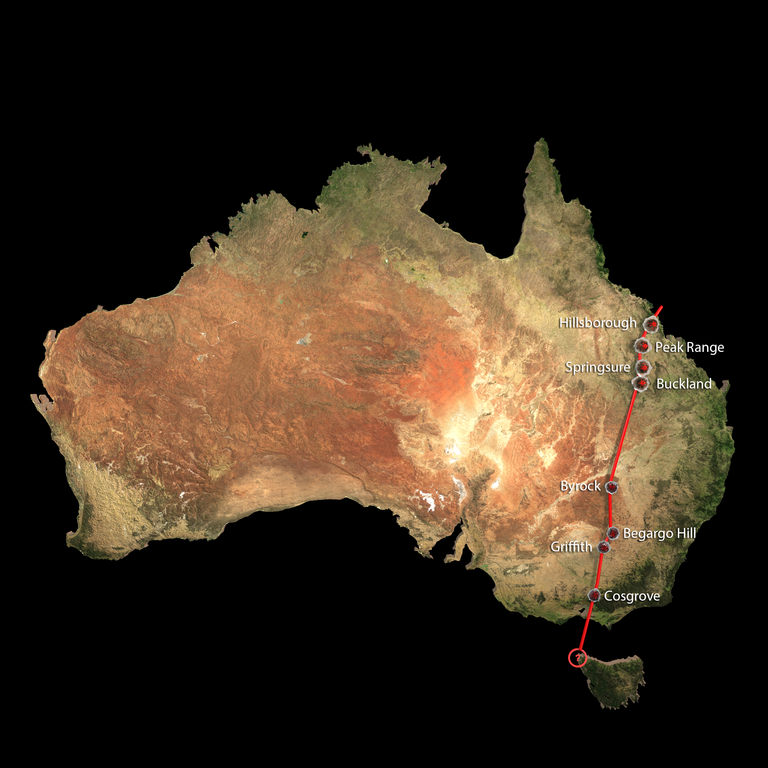Researchers have discovered the world’s lengthiest chain of continental volcanoes – formed over 33 million years and stretching 1,200 miles across Australia. It has been reported that the ancient volcanic chain has been running from Cape Hillsborough on the central Queensland coast, south-west through central New South Wales to Cosgrove in Victoria.
“The track is almost three times the length of the famous Yellowstone hotspot track on the North American continent”, says specialist Rhodri Davies.
But Davies and his colleagues suspected that the Australian volcanism had a common source: a mantle plume that melted the crust as the Australian plate inched northward over millions of years.
The volcanic activity the team identified is unexpected because it comes about away from tectonic plate boundaries, where the majority of volcanoes are discovered.
The study, which was published in the journal Nature, began with researchers looking at 15 extinct volcanoes in the continent’s east, which had been known for some time and which appeared to line up in a general north-to-south track.
“However, the two groups of volcanoes were geochemically very distinct from each other and were separated by a gap of 700 km, so no-one ever put these two volcanic chains together”.
Australian National University researchers say this is because, what with the Australian continent being especially thick, volcanoes could only form in regions where the molten material encountered a surface thin enough to break through it.
“Australia is actually the fastest moving continent on Earth, moving towards Indonesia at around seven centimetres per year”, Davies said.
Although the continent has squelched much of the chain’s activity, activity does take place where Earth’s solid outer layer, known as the lithosphere, is thinner than 80 miles.
“Ultimately this new understanding may help us to reconstruct the past movements of continents from other hotspots”, Dr Rawlinson said. “People don’t realise we have the most extensive volcanoes on Earth but there are still some individual provinces yet to explore”.
Davies further added, “We realised that the same hotspot had caused volcanoes in the Whitsundays and the central Victoria region, and also some rare features in New South Wales, roughly halfway between them”. But the scientists figured out that they were all surface manifestations of the same hotspot by studying their composition they all had the same chemical signature, with the volcanoes at the southern end of the track being younger than those at the north end.
